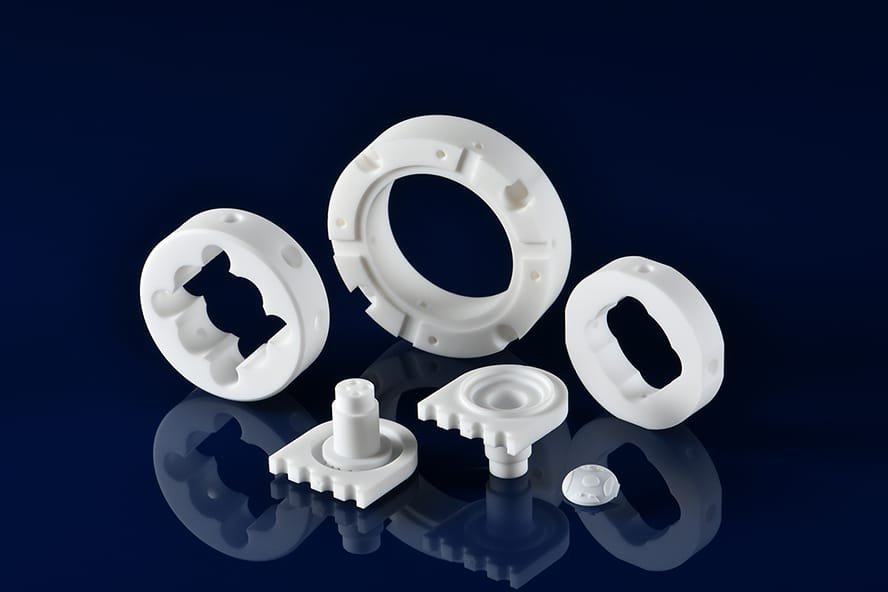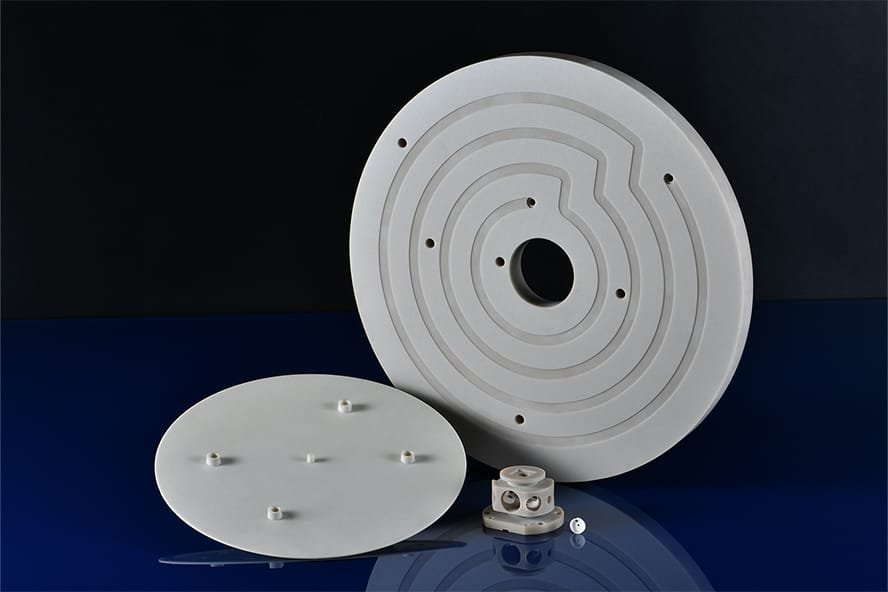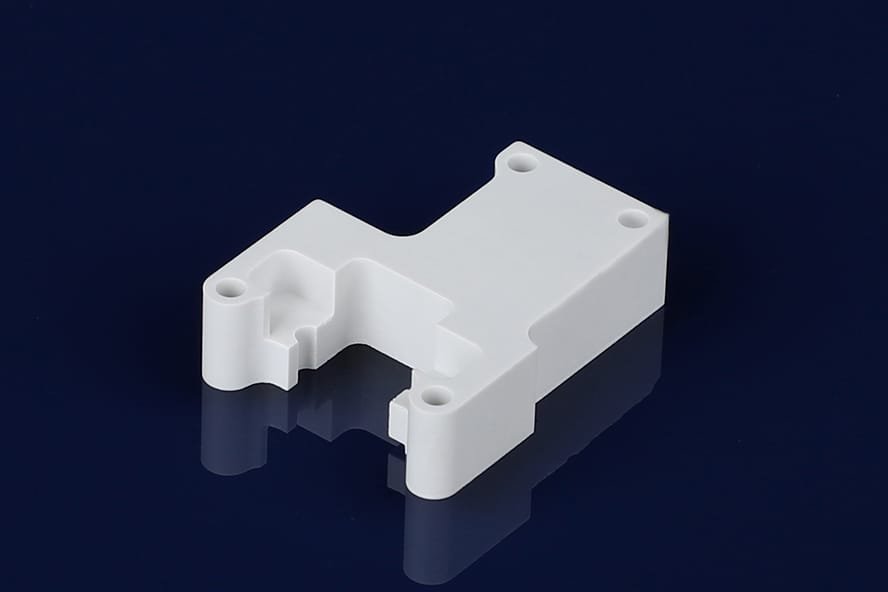Engineering ceramic Parts & Components
Customized ceramic parts are specialized components designed with advanced ceramic materials to meet specific application requirements, such as gyroscope parts used in aerospace, plunger pumps in medical equipment, and wafer components in semiconductors. These parts are ideal for various high-precision equipment due to their excellent mechanical strength, thermal stability, and corrosion resistance.
Why Choose Custom Ceramic Parts?
Precision Manufacturing
Engineering ceramics can be tailored to achieve complex geometries and tight tolerances, ideal for demanding applications.
Durability and Longevity
Advanced ceramics outperform traditional materials like metals and plastics in high-temperature, high-wear, and corrosive environments.
Material Versatility
Options like alumina, zirconia, silicon carbide, and aluminum nitride provide unmatched flexibility to meet thermal, mechanical, and electrical needs.
Cost-Effectiveness
Despite higher upfront costs, the longevity and performance of custom ceramic components often reduce long-term expenses.
Applications of Custom Ceramic Parts
- Aerospace: Heat shields, turbine blades, and structural insulators.
- Electronics: Substrates, insulators, and semiconductor components.
- Medical Devices: Dental implants, prosthetics, and surgical tools.
- Manufacturing: Wear parts, cutting tools, and industrial nozzles.
Custom Ceramic Materials
For specific projects, choosing the right materials is undoubtedly twice the result with half the effort. We provide this expertise to all clients to ensure the selection of the best design and materials based on their specific applications and needs
Macor Ceramic
High Precision: It allows for high dimensional accuracy and surface finish, making it ideal for applications requiring intricate parts
Aluminum Nitride (AlN)
Excellent thermal conductivity and electrical insulation, ideal for thermal management and electronics applications
Zerodur
Features an ultra-low coefficient of thermal expansion for optimal performance in research, space technology and industrial applications.
Silicon Carbide (SiC)
One of the hardest ceramic materials after diamond in terms of hardness. It has excellent wear resistance and heat dissipation
How Custom Ceramic Parts Are Made
Design and Consultation
Collaborate with Jundro Ceramics to finalize design specifications, material selection and tolerances.
Precision Machining
For precision machining of complex shapes, milling and grinding are often used to achieve high tolerance parts.
Milling: Complex-shaped ceramic parts can be efficiently machined by selecting the right tool and optimizing machining parameters such as feed rate, cutting depth and spindle speed.
Grinding: The precision forming of ceramic materials is achieved by using high-performance grinding wheels. Common grinding methods include (surface grinding, cylindrical grinding, centerless grinding)
Surface treatment
Polishing can improve surface finish and reduce surface roughness, while Coating can provide a protective layer or functional coating to improve wear resistance, corrosion resistance or oxidation resistance.
Why Work With Us?
- Expertise in Customization: Decades of experience in designing and manufacturing custom ceramics.
- Comprehensive Services: From material selection to final production, we support you every step of the way.
- High-Performance Materials: Access to a wide range of advanced ceramics for specialized applications.
Looking for high-quality custom ceramic parts? Contact us today to discuss your project requirements and receive a tailored solution.
FAQs
What is the lead time for custom ceramic parts?
Typical lead times range from 4 to 12 weeks, depending on complexity and production volume.
Are custom ceramic parts expensive?
While initial costs may be higher, the performance and durability of ceramic parts provide excellent value over time.
Can ceramic parts be repaired?
In most cases, ceramic components are designed to be replaced rather than repaired due to their material properties.






